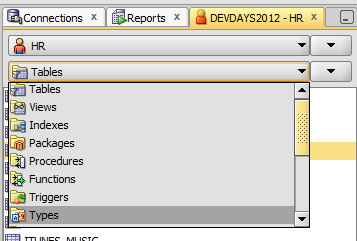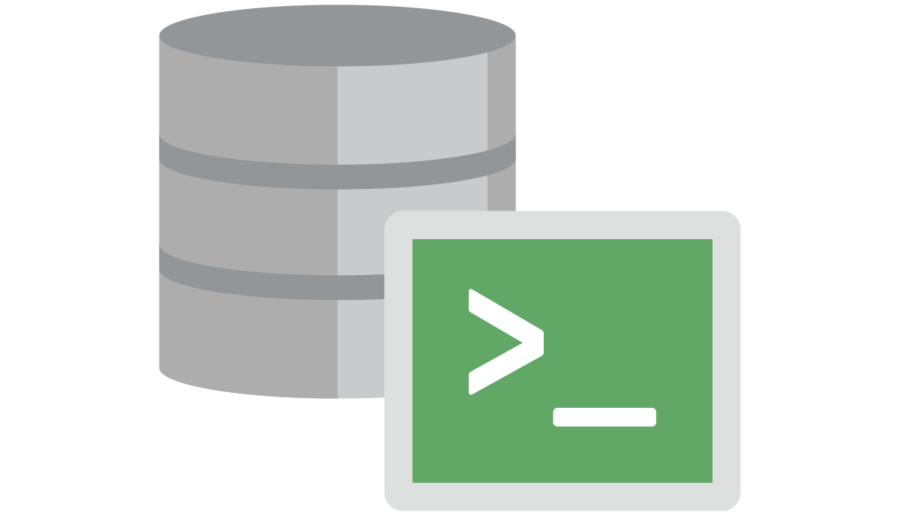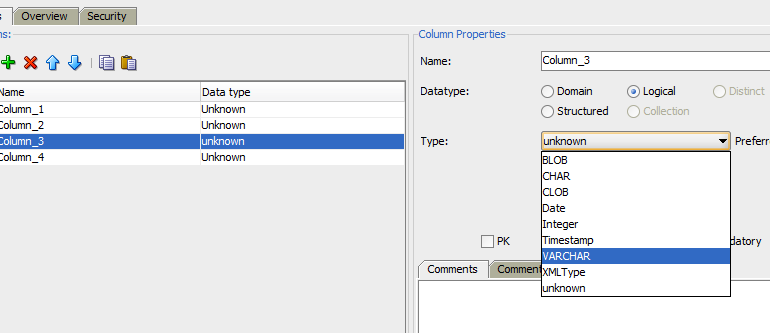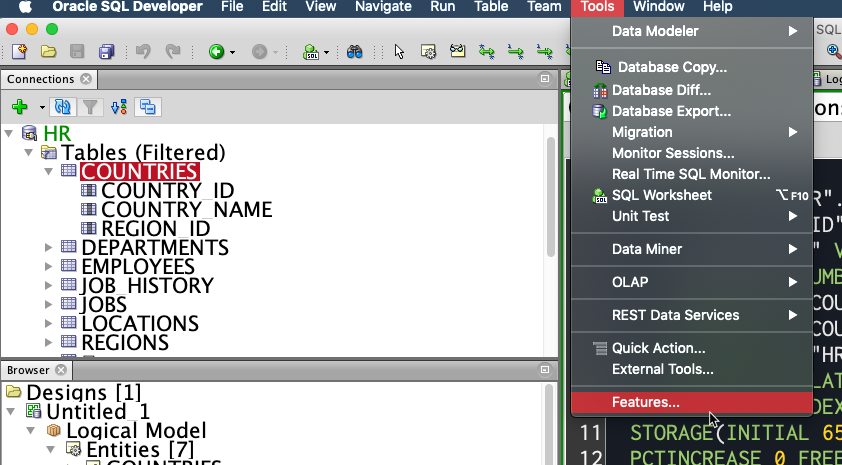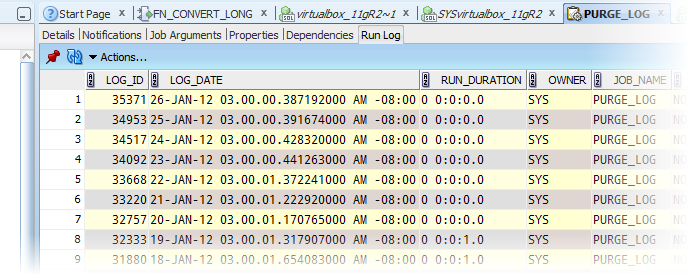Updated: July 16, 2020 There are many data types to choose from when defining your table columns. The eighty percent rule tells us we can probably get away with a smaller subset of data types, 8 times out of 10. Here is what the ‘TYPE’ control looks like in the modeler when defining a column: I was curious to see what data types were used most in my 11.2.0.3 database, so I fired off a…
